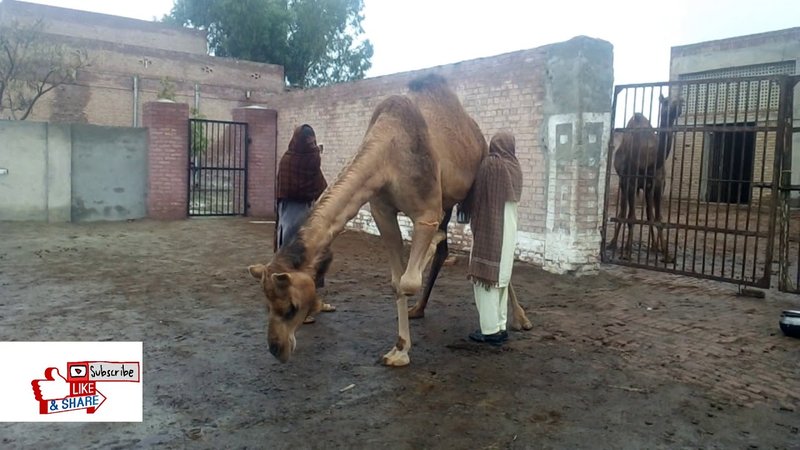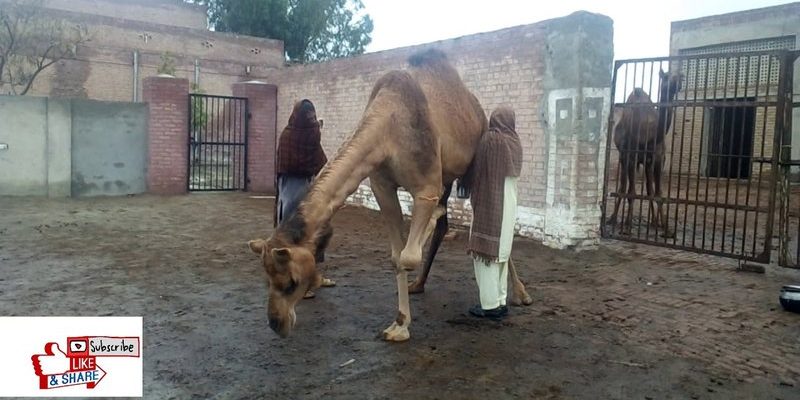
Camels are often referred to as the “ships of the desert.” They’re built to withstand harsh climates and can carry heavy loads over long distances. But just like any ship, handling them requires skill and understanding. Whether you are a farmer, a zookeeper, or simply someone interested in learning about camels, knowing how to handle and restrain them safely is crucial. Let’s dive into some essential tips and techniques for managing these unique animals safely and effectively.
Understanding Camel Behavior
Before you even think about approaching a camel, it’s essential to understand their behavior. Camels are social animals and have their own way of communicating. They can express a range of emotions from curiosity to annoyance. Here’s the thing: if a camel seems agitated or scared, it’s best to give it some space.
You might be wondering what signs indicate a calm versus an upset camel. Look for relaxed ears and a soft, gentle gaze; these are signs that they feel at ease. On the other hand, if their ears are pinned back and they have a tense posture, it’s time to back off. Understanding these cues can make a huge difference in your safety and the camel’s well-being.
When working with camels, it’s also vital to remember that they’re prey animals in the wild. This means they have a natural instinct to flee when something feels off. So, always approach them calmly and confidently, avoiding sudden movements. Think of yourself as a friendly giant — big, but not threatening.
Preparing for Handling
Once you’ve got a grasp of camel behavior, it’s time to prepare for handling. Here’s a general checklist to follow:
- Gear Up: Make sure you have the right equipment. A halter and lead rope are essential. These tools help you control the camel while allowing them some freedom to move.
- Create a Calm Environment: Choose a peaceful spot for handling, free from loud noises and distractions. Camels can be sensitive to their surroundings, so a quiet space helps them relax.
- Prepare Yourself Mentally: Handling a camel requires focus and patience. Take a few deep breaths to center yourself before getting started.
Here’s a little story for you: I once saw a novice handler try to approach a camel without any gear. The animal was startled and took a few steps back. The handler learned quickly that preparation is key, and it made all the difference in their future interactions.
Safe Approaching Techniques
Now that you’re prepped, let’s talk about how to approach a camel safely. This is where your understanding of their behavior becomes really useful.
Start by approaching the camel slowly, keeping your body at an angle rather than head-on. This method makes you appear less threatening. You might want to talk softly as you get closer. Something like, “Hey there, buddy,” can go a long way in calming the animal down.
Remember to *always* watch the camel’s body language. If they seem comfortable, you can gently reach out to pat their neck. If they back away or show signs of stress, take a step back and give them space. It’s all about building trust over time. Just like with any relationship, sometimes less is more.
Restraining a Camel Properly
Once you’ve established some trust, you might need to restrain a camel for various purposes—like veterinary care, grooming, or transport. Restraining a camel is serious business, so let’s go through the steps:
1. Use the Halter: Start by putting the halter on the camel’s head gently, ensuring it fits snugly but isn’t too tight. You want to avoid causing discomfort.
2. Secure the Lead: Attach the lead rope to the halter. Make sure it’s secure, but also keep a little slack. This allows the camel to shift slightly without feeling constricted.
3. Position Yourself: Stand beside the camel, not directly in front or behind it. This position allows you to maintain control while staying clear of potential kicking.
A little anecdote: I once helped a friend with her camel during a vet visit. When we approached with the halter, the camel seemed confused at first. But with gentle encouragement and a calm presence, it settled down, making the whole process smooth.
Handling Common Issues
Even the most well-behaved camels can have their off days. You might encounter some common issues when handling them. Here are a few tips for dealing with those tricky situations:
– If the Camel Resists: Sometimes, a camel won’t want to move or cooperate. Resist the urge to pull or push. Instead, take a breath, give a gentle tug on the lead rope, and try moving with them rather than against them.
– Calming Techniques: If your camel gets agitated, try talking softly and moving away for a moment. Allow the camel to relax before attempting to handle it again. You can also try offering treats to create a positive association with your handling.
– Seeking Help: If you’re struggling, don’t hesitate to ask for assistance. Experienced handlers can offer valuable insight and help you navigate challenging situations.
These strategies can transform your approach to handling camels, making it a more enjoyable experience for everyone involved.
Aftercare and Safety Precautions
After you’ve finished handling a camel, it’s crucial to prioritize safety and aftercare. Here’s what you need to do:
– Remove Equipment Carefully: When you’re done, gently take the halter and lead rope off, ensuring the camel is calm before doing so. This helps prevent any accidental jerks or pulls.
– Observe for Signs of Stress: Always take a moment to observe the camel after handling. Look for signs of stress like pacing or excessive chewing. If they seem restless, give them some time alone to recoup.
– Practice Good Hygiene: Wash your hands and any equipment you used. Keeping things clean not only helps you but is also good for the camel’s health.
It’s like wrapping up a workout; you want to cool down and check how your body feels afterward. The same goes for camels. Proper aftercare contributes to a long, healthy relationship between you and your animal.
Building a Long-Term Relationship
Handling and restraining a camel isn’t just a one-off task. It’s about building a long-term relationship based on trust and respect. Here are some ideas to help strengthen that bond:
– Spend Time Together: Just hanging out with your camel can lead to a deeper connection. Grooming and feeding can help reinforce that trust.
– Be Consistent: Use the same techniques and commands every time you handle the camel. Consistency helps the animal learn what to expect, making future interactions smoother.
– Educate Yourself: The more you learn about camels, their behaviors, and needs, the better your relationship will be. Read books, attend workshops, or spend time with experienced handlers.
I once knew a handler who spent every evening sitting near her camel, just talking about her day. Over time, that camel transformed from skittish to calm and friendly. Patience truly pays off!
In conclusion, handling and restraining a camel safely involves understanding their behavior, preparing properly, and using the right techniques to foster a trusting relationship. Approach these magnificent animals with care, and they’ll reward you with their companionship. Whether you’re managing them for work or simply trying to learn more about them, remember that patience, respect, and love go a long way.

